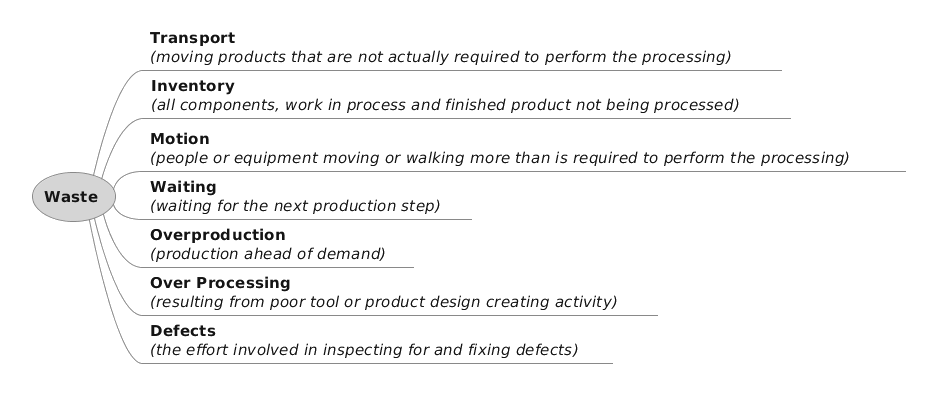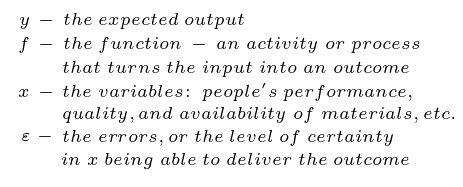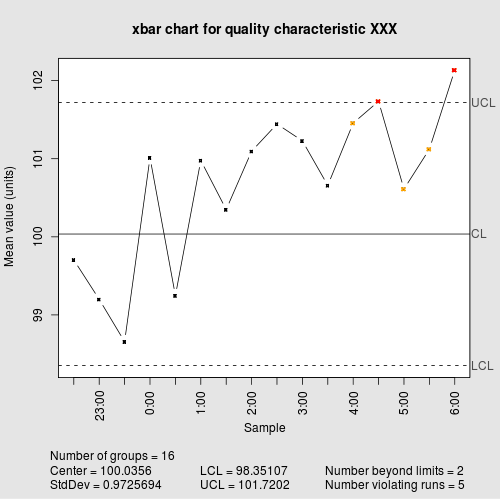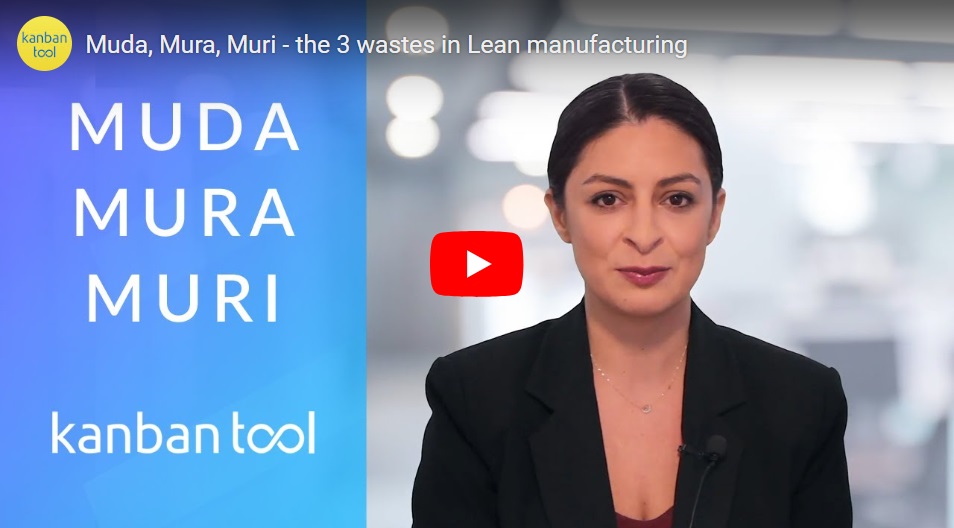What is Mura?

Mura is one of the “3M” forms of waste identified by the Toyota Production System: mura, muda, and muri. In Japanese, “mura” means variability, unevenness, or inconsistency.
Mura will most often manifest with an uneven takt time, meaning that your team alternates between being drowned with work and waiting around. There are two general categories of mura in Lean: inconsistency in the way a team works, and inconsistency in customer demand. Both of them need to be considered when trying to improve the process.
Along with Lean management’s two overarching goals: maximizing value delivered to the customer, with reducing waste and any non-value-adding activities, process variability needs to be minimized.
Mura coexists with other waste factors:
- Muri: overburdening, excessiveness, e.g. overburdening machine or machine operator’s capacity to an impossible level.
- Muda: uselessness, futility - unnecessary actions, e.g. excessive transport of unfinished product. It’s divided into 7 types:
 Seven kinds of waste (Muda)
Seven kinds of waste (Muda)
The presence of all these waste factors forces companies to compensate, causing even more waste! It can create a loop where customers, having once experienced a delay, change their order patterns, in turn skewing a company’s upcoming delivery plans, which can end up with forced overtime or - worse still - forced downtime.
Why is process unevenness bad?
All Lean/Six Sigma improvement efforts start with standardization and optimization of the process, as its variability leads to defects and quality drop - changes that directly affect the value delivered to the customer.
Reasons for process unevenness are plentiful: team members might have various ways of working, machines may have different operations and outputs, even the way a team gathers analytical data and reports on results can differ from person to person! Looking at process inconsistencies can help you better understand your team’s behavior and ways of working.
By definition, a Six Sigma optimized process is one with variability reduced to the point where the expected output isn’t achieved only 3.4 times out of 1000000 executions. Being able to deliver on customer expectations with a success rate this high (quasi “zero-defects”) is the chief selling point of Six Sigma. The method is sometimes summarized with the following Breakthrough equation:


Detecting mura
One of the best ways to detect mura is through graphs. You can spot variation through differences in lead times as executed by various teams and on different days or weeks. For example, you only need to take one look at the Cumulative Flow Diagram to tell if the process is stable and consistent - i.e. in control - or not. Any drops and jumps are a direct indication of variability at play.
Did you know?
Kanban Tool® boards generate a Cumulative Flow Diagram for you automatically! Try the service for yourself to save time and reduce waste in no time.
A histogram will show where exactly to focus your efforts. As the 80/20 Pareto principle stipulates, 20% of issues cause 80% of the problems found in management and quality control. By identifying the exact causes that need addressing, you are likely to significantly increase the impact of your improvement efforts.
Using statistical control charts can also help to improve the accuracy of your outcome determination.
 Control chart (wikimedia.org)
Control chart (wikimedia.org)
Managing and removing mura
Addressing variability in internal working methods can be done through:
- Evaluating the control chart - do values fluctuate around the mean in a seemingly random way, or are there any detectable trends?
- Running a 5S campaign, ensuring that all items relevant to the process are ordered. This should reduce most of muda, which causes mura to present.
- Process standardization - making the processes understood to all team members. You can conduct regular Kaizen and Gemba events to check the standardization’s status.
- Equipment monitoring - all machines used in the process need to produce equal, standard outcomes. Failing to ensure this will inevitably lead to more variability.
- Reducing process complexity - fewer process steps means fewer factors and opportunities for variation and scope changes.
- Reducing WIP and keeping it below a set limit.
Addressing inconsistency in customer orders:
- Production leveling, or Heijunka, allowing you to match customer demand.
- Reduction in complexity and the application of the pull principle in the supply chain process.
- Creation of supermarkets might accommodate the temporary holding of parts to cater for demand, but it must be tempered, not to unnecessarily increase WIP and inventory.
To effectively deal with mura, you should concentrate your efforts on reducing muda first. That said, while you walk your floor and talk to your customers, be on the constant lookout for mura, because for as long as it’s present, your company will not be Lean, nor the best that it can be.
Elimination of process inconsistency will give you a more predictable and reliable process of delivery to the customer, and happier teams - able to expend an equal amount of effort each day and achieve higher synchronization between departments.
